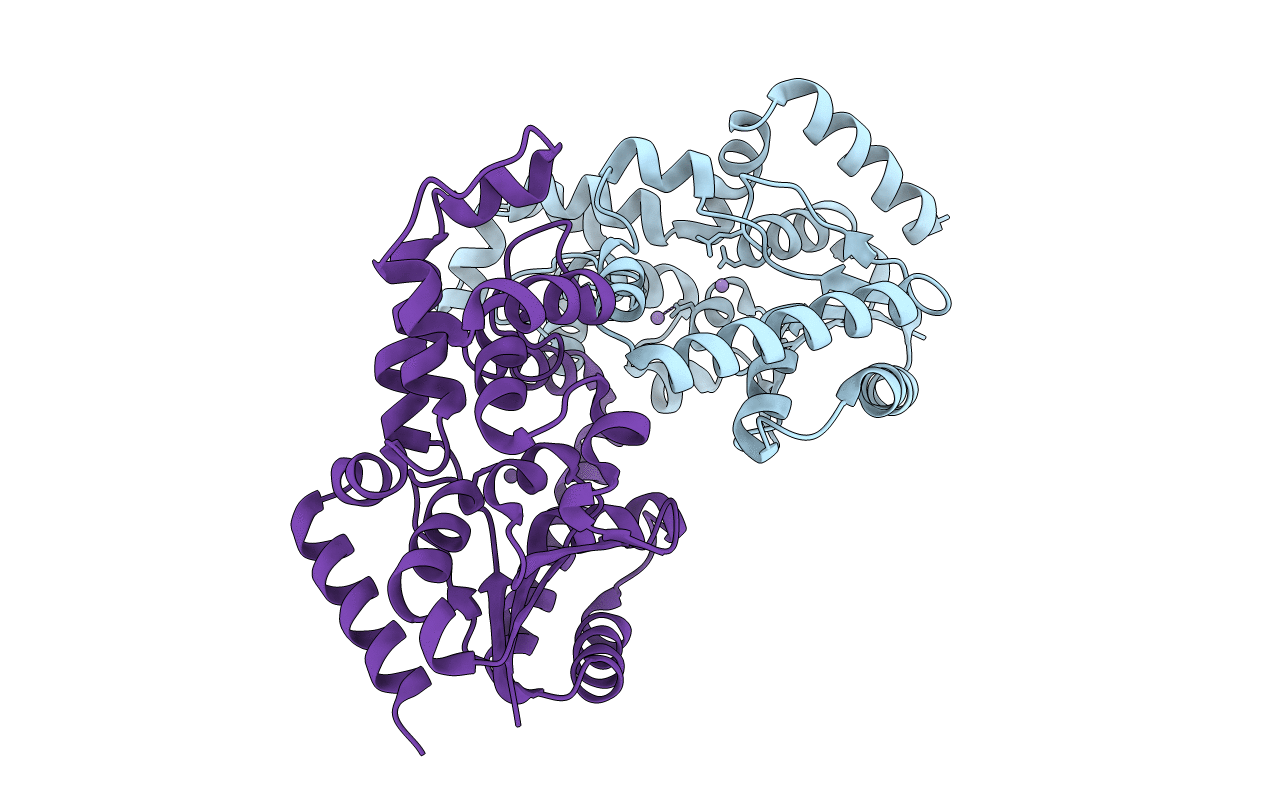
Deposition Date
2003-12-04
Release Date
2004-02-05
Last Version Date
2023-12-13
Method Details:
Experimental Method:
Resolution:
2.75 Å
R-Value Free:
0.33
R-Value Work:
0.25
Space Group:
P 43


